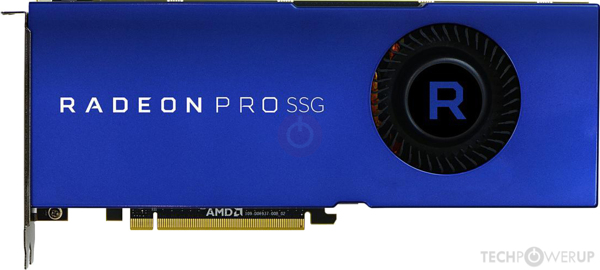- Joined
- Feb 11, 2009
- Messages
- 5,848 (0.99/day)
| System Name | Cyberline |
|---|---|
| Processor | Intel Core i7 2600k -> 12600k |
| Motherboard | Asus P8P67 LE Rev 3.0 -> Gigabyte Z690 Auros Elite DDR4 |
| Cooling | Tuniq Tower 120 -> Custom Watercoolingloop |
| Memory | Corsair (4x2) 8gb 1600mhz -> Crucial (8x2) 16gb 3600mhz |
| Video Card(s) | AMD RX480 -> RX7800XT |
| Storage | Samsung 750 Evo 250gb SSD + WD 1tb x 2 + WD 2tb -> 2tb MVMe SSD |
| Display(s) | Philips 32inch LPF5605H (television) -> Dell S3220DGF |
| Case | antec 600 -> Thermaltake Tenor HTCP case |
| Audio Device(s) | Focusrite 2i4 (USB) |
| Power Supply | Seasonic 620watt 80+ Platinum |
| Mouse | Elecom EX-G |
| Keyboard | Rapoo V700 |
| Software | Windows 10 Pro 64bit |
Bit theoretical, but claims are made that memory (vram) is just expensive, which Im not buying but lets say it is.
Cant they make a card with like 6 gb of the latest fastest gddr6x or heck even HBM and then a second layer of much cheaper (and yes slower) gddr5 but like 10 gb of it?
Just so that if the first part is filled, it can shove it over to the other slower memory and take the faster needing stuff for its own account?
(kinda like how ram works with the cpu instead of the slower ssd/hdd)
Cant they make a card with like 6 gb of the latest fastest gddr6x or heck even HBM and then a second layer of much cheaper (and yes slower) gddr5 but like 10 gb of it?
Just so that if the first part is filled, it can shove it over to the other slower memory and take the faster needing stuff for its own account?
(kinda like how ram works with the cpu instead of the slower ssd/hdd)







